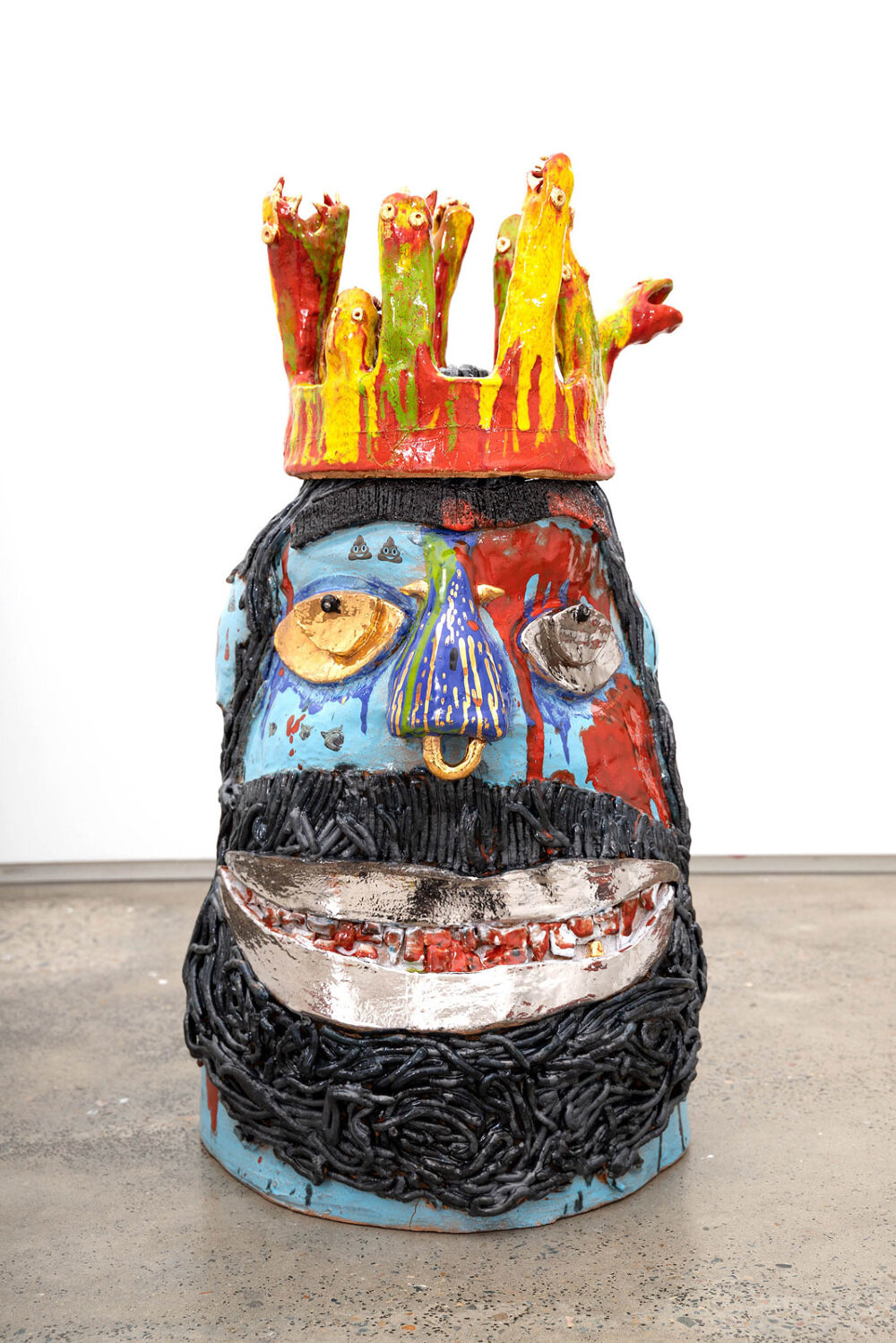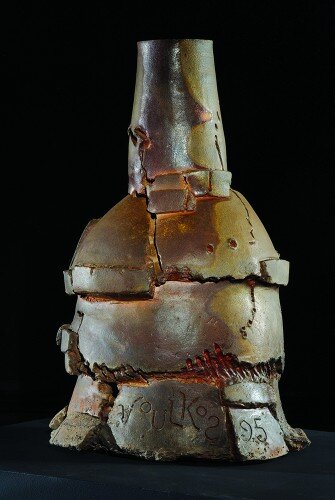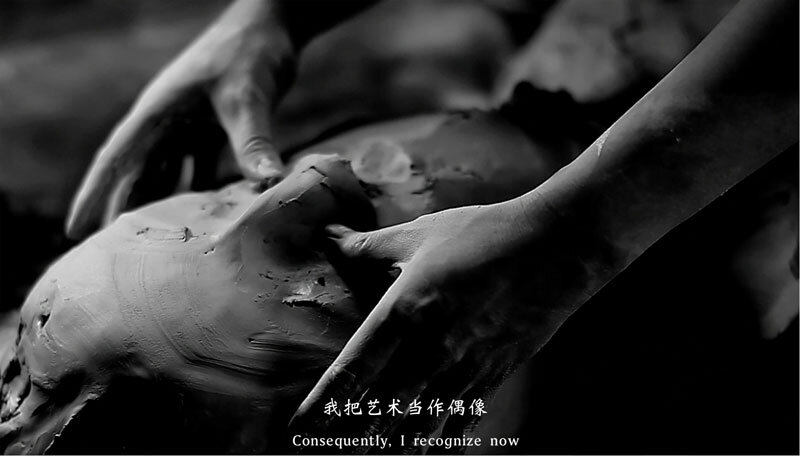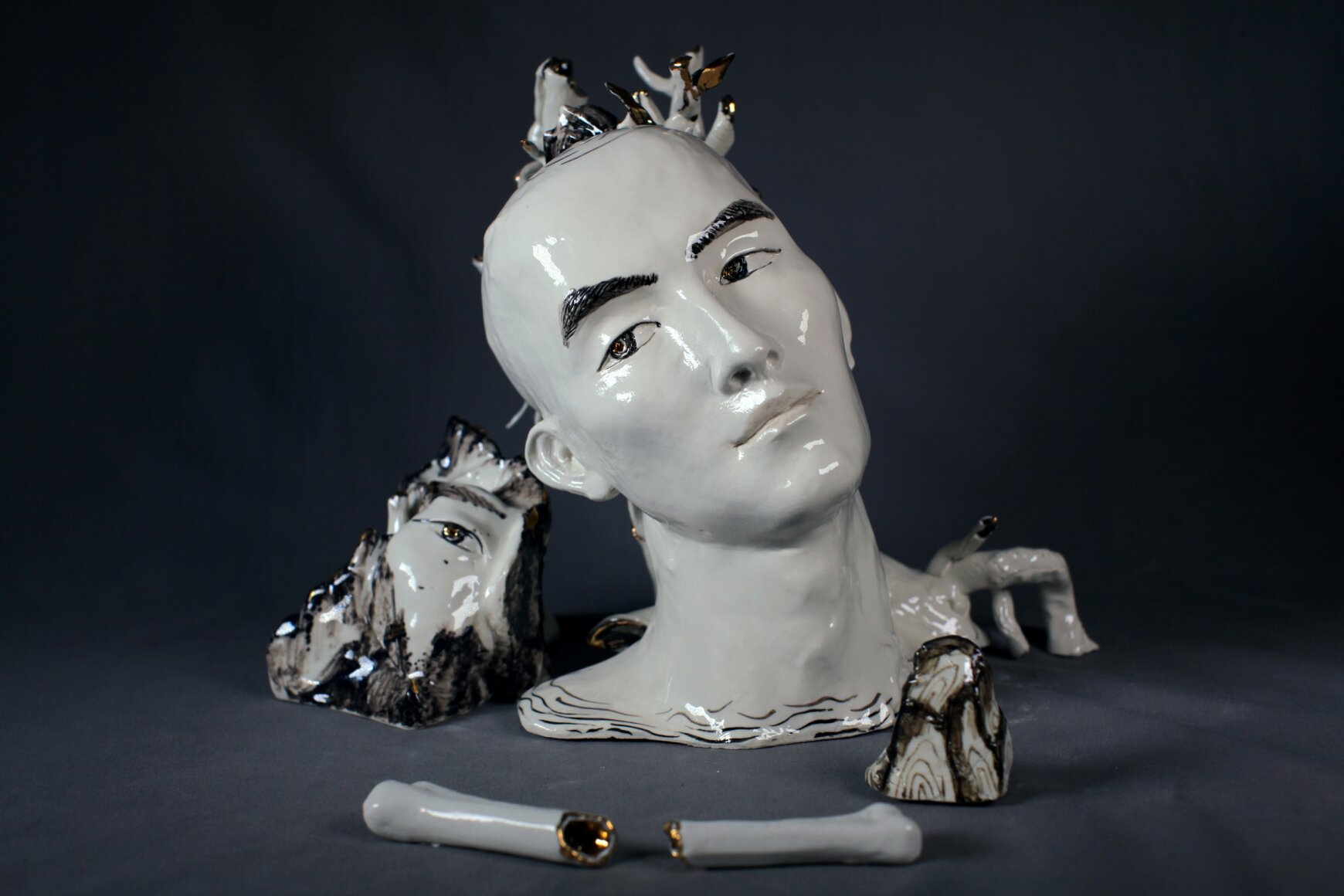Project 2: Plus and Minus
A sophisticated masterpiece is never made overnight. It takes shape in a long process of adding new materials, removing undesired ones, or both. The same principle applies to artworks and to the maturation of the nervous system.
Scientific Illustrations: changing neural circuit
The human brain consists of billions of nerve cells (neurons). Neurons connect with each other at specialized sites called “synapses”, a term coined from two Greek words meaning “to fasten” and “together”. As each neuron may connect with thousands of other neurons, the resulting network is incredibly complex. Moreover, this network is not static. New synapses are constantly formed, and some old synapses are gradually removed. This process is further influenced by experiences such as sensory inputs, motor exercises, and the reward or punishment derived from actions, so it continuously shapes the structure of the brain circuit to make us better adapt to the environment.
A glimpse into the changing neural circuit. We repeatedly imaged the same dendrite (the input cable of a neuron) and the dendritic spines (the little protrusions from the dendrite, which are the sites where synapses reside) in the brain of a living mouse. While the dendrite remains unchanged, dendritic spines emerge and disappear over time, representing the remodeling of connections between neurons in the neural circuit.
Artworks: Clay Modeling
Many familiar artistic practices involve adding materials. Oil painting, watercolor, and traditional Chinese painting apply ink or pigments atop a substrate (canvas or paper). Other practices require removing materials to create the desired outcome: imagine chipping away at a marble to make a statue.
In clay modeling, however, both addition and subtraction are integrated in a fluid process that culminates in the final product, just as the creation and elimination of neural connections are both indispensable for the brain to learn and to adapt to the environment.
The artist starts with a piece (or pieces) of clay and shapes it into a rough form. Then he or she begins to carve, peel, remove, or smooth (all “subtractive” processes) it into a detailed object; at the same time, more clay may be added. This process is repeated until the clay finally transforms into a refined artwork as the artist envisions it.







